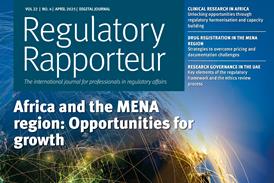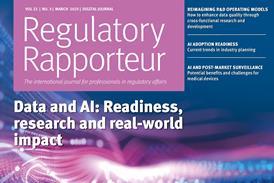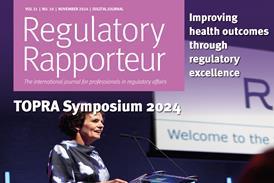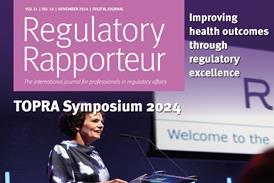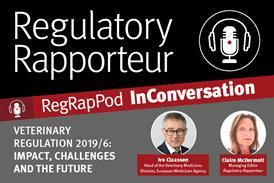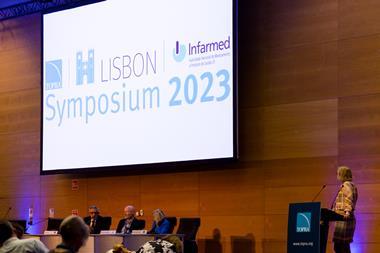The role of CMC technical and regulatory experts is essential for ensuring continuous innovation and successful regulatory approvals
The global pandemic brought with it an acceleration of the regulatory world. Faster pathways to submission and approval present a challenge for the CMC (chemistry, manufacturing and controls) team, as several of the data packages that are required for submission are time dependant. The regulatory CMC world is starting to see a change of approach, whereby quality by design (QbD) and a risk-based approach to development is replacing traditional data packages. An example of this is the introduction of ICH Q12. In addition, we are anticipating updates to ICH Q2 and ICH Q6, with plans to align these guidelines to QbD and risk management. This will allow for greater flexibility than we have previously had. ICH Q14 focuses on analytical procedure development and is now available for public consultation. The guideline aims to make it easier in the future to switch analytical methods post-approval.
The strategy to accelerated drug development and access to the market are driving the need for expedited regulatory approval pathways. However, they impose time constraints on programme development, thus challenging aspects of CMC development. The pharmaceutical industry is continuously evolving and transitioning, from the chemical class of drugs to biologics, sometimes combined with medical devices. Recently, the focus has been on cell and gene therapy products. Irrespective of the class of drugs, the success of a product largely depends on CMC aspects. Thus, CMC demands greater attention and time, not only for development phases but also for lifecycle management. It’s also worth mentioning that the role of CMC technical and regulatory experts is essential for ensuring continuous innovation and successful regulatory approvals.
We have a focus article on efficient change control management during post-approval, which demonstrates how a strategic approach to managing change can minimise the regulatory impact to an organisation. The article also explores how the introduction of MDR added a new layer of requirements for regulatory CMC teams. Another article focuses on the drug-device combination aspect, providing insights into the requirements to comply with MDR and the quality requirements of the guidelines.
This issue also includes an article that provides on overview of current regulatory expectations for gene therapy products and the challenges. Gene therapy products continue to emerge as potential cure for several unmet medical needs. The last two years have seen an increase in regulatory guidance released by the Food and Drug Administration (FDA) and the European Medicines Agency (EMA). Due to the newness and complexity of gene therapy products, the guidelines continue to evolve. Yet, early engagement with regulators is advised to navigate regulatory challenges.
Current trends in drug development, particularly in the field of vaccines and advanced therapies, increasingly involve platform approaches. It includes, but is not limited to, messenger ribonucleic acid (mRNA) vaccine platforms, lentiviral vector platform, (adeno-associated virus) AAV platforms, gene editing platforms and novel synthetic linear DNA production platforms like doggybone DNA (dbDNA). Focusing on this topic, this issue includes an article that discusses the current regulatory framework for platform technologies and the need for a possible registration mechanism to capitalise on platform CMC data, thereby to support accelerated drug development.
Biosimilars are considered a great alternative to innovative biologics that can bring the cost, similar to what was accomplished by generics for small molecule drugs. The US Biologics Price Competition and Innovation Act of 2009 (BPCI Act) provides an abbreviated licensure pathway for biosimilar products in the US. This issue includes discussion on CMC considerations for US biosimilar development.
Although a lot of progress has been made, it will be interesting to see how readily organisations can implement the updated guidelines for their benefit. We have already seen a challenge with ICH Q12 and full implementation in Europe due to the existing regulatory variation framework. In addition, it will remain to be seen how a risk-based approach to CMC will be accepted by global regulatory agencies.
Procedural withdrawals within Europe will be the focus of one standalone article. The next standalone article is the first of a two part series, with the first part focusing on Amgen’s experience of global expedited regulatory pathways in the development of sotorasib.



